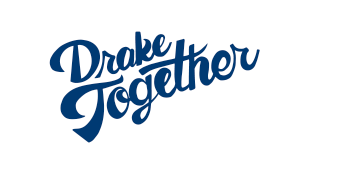History
A journalist and conservation activist, Jay Norwood "Ding" Darling (1876—1962) is most famous for being a two-time pulitzer prize-winning cartoonist for the Des Moines Register.
Darling—often called “Ding”—spent his life promoting the wise use of natural resources. He became the first recipient of The Wildlife Society’s highest honor—The Aldo Leopold Memorial Award. His ability to build partnerships, produce results, and balance good business with quality of life makes him a role model to inspire change and policy for future generations.
Advocacy
Darling’s drawing of ducks on a piece of cardboard in 1934 led to the creation of the Federal Duck Stamp Program, which has raised over $1 billion to acquire Art and protect wildlife habitat. Appointed by President Franklin D. Roosevelt, Darling led the U.S. Biological Survey, the forerunner of the U.S. Fish and Wildlife Service, and established 28 wildlife refuges.
Leadership
Darling’s initial pledge of $9,000 sparked the establishment of the Cooperative Fish and Wildlife Research Units Program (now at 40 universities across the nation) and the Wildlife Management Institute. In 1936, Darling was instrumental in founding the National Wildlife Federation, which fulfills his vision with a mission of ensuring that wildlife thrive in our rapidly changing world.
Conservation
The J. N. “Ding” Darling National Wildlife Refuge and Ding Darling Wildlife Society on Sanibel Island, Florida, and the Darling State Park in Brighton, Iowa, honor his name and conservation efforts. Lake Darling and Darling Dam in Upper Souris National Wildlife Refuge were named in honor of his work as the first director of the Bureau of Biological Survey.
Art
Built by Darling, the Fish House on Captiva Island is owned by the Robert Rauschenberg Foundation. It gives resident artists space for focused work, quiet reflection, and observation of the natural environment.

